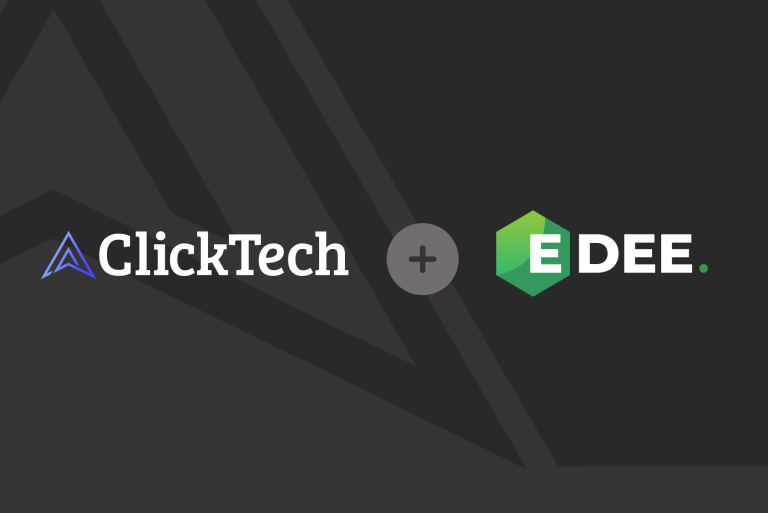People are always amazed by how fast the internet developed. It’s almost as though, even as they stare right into the eyes of the beast, they still can’t comprehend how powerful the monster is. Nor do they want to tame it.
Looking back, it’s hard to find too many disparaging, concerned voices about the true power of the internet.
But that’s because it all felt so exhilarating, so fresh, so boundless.
In the early ‘90s, before everyone’s lives were taken over by Facebook, Twitter and Instagram, the internet was a weird place. It felt almost dirty and dark, no cleanliness, no corporateness. UX all over the place.
Yet, in the same sense, it felt liberating and free. The internet was people’s chance to become something they weren’t in the real world. Or meet like-minded people who share the same views. And, for the most part, it was done away from the watching eye.
Whereas today’s new internet users (the few who inexplicably still exist) largely head straight to Facebook and Twitter, anonymous forums like AOL and Something Awful were previously the user’s first port of call. Anonymity thrived, liberating many. But capturing some.
Traps and dungeons cropped up all over the place. Think dark web now, that was the internet of the 90’s. But scarier. Pre-search engines, it was hard to find your way around, especially for internet noobs. Finding the internet community that fit your worldview wasn’t that easy.
As a result, hatefulness fostered, racism blossomed. Ask any black user from the early days of the internet. It was a frightening place. The white people not of that persuasion felt compelled to fit in. The cloak, a refuge for some, became a weapon for others.
The internet became a white American libertarian’s (probably didn’t need to say white) dream realised. This was a world free of regulation.
As the internet welcomed more people through the virtual doors, anonymity became less cool. And the vultures swooped.
Armed with a smartphone and the promise of ever-connectedness, simplicity, and untold business opportunities, Big Tech changed the world in less than half a decade. And the world was not ready.
Over the last decade the transformative effect the likes of Apple, Google, Facebook, Microsoft and Twitter has had on the world has left a populace with an identity crisis, upended a political landscape, and supercharged white extremism.
Yet it’s the foundations that were put in place in the decade before which got us here. The building blocks didn’t appear overnight. In the murky backwaters of the anonymous internet, white extremists have been burrowing away ever since the first connection was made. Stormfront is no finer example of that.
In fact, Stormfront is the perfect metaphor. Arguably the most successful bulletin board from the mid-’90s that still exists today. Set up in 1996, Stormfront (and if you don’t know this, then I apologise for alerting you to these scum) is a white nationalist hate site. It was the first of its kind back in the day, peddling antisemitic, holocaust denying, Islamaphobic, white supremacist bullshit. The kind of stuff you’ll read on… wait, Twitter?
Yeah, it really isn’t that hard to connect the dots anymore. You see this stuff all over the internet, and you always have. Yet the internet used to be fragmented. Now it’s all connected.
Big Tech, in its ever-capitalist rush, squeezed everyone together. And through its lust for ad revenue, created the monster.
White extremist views are no longer fringe, no longer only seen on bulletin boards. They’re social media influencers, YouTubers, #1 in the SERPs, the President of the United States of America.
These people existed well before the internet, but they’ve been emboldened by years of anonymous collectiveness. Now they’re coming at us from all sides, masks well and truly down.
Safe spaces, derided by the right, harvested the new extremist. The alt-right. The incel.
White extremism was on a significant downward trend until the mid 2000s. Yet 2017 saw the highest number of white supremacist attacks in the US since 1982. 2018 the fourth and 2019 the second. As of June, over 90% of US terrorist attacks and plots are from white extremists in 2020. Not taking into account further devastation we’ve seen around the world.
The internet brought the like-minded together. The anonymity harvested the hate. The algorithm made it mainstream.
And the monster that was created wreaks havoc.




